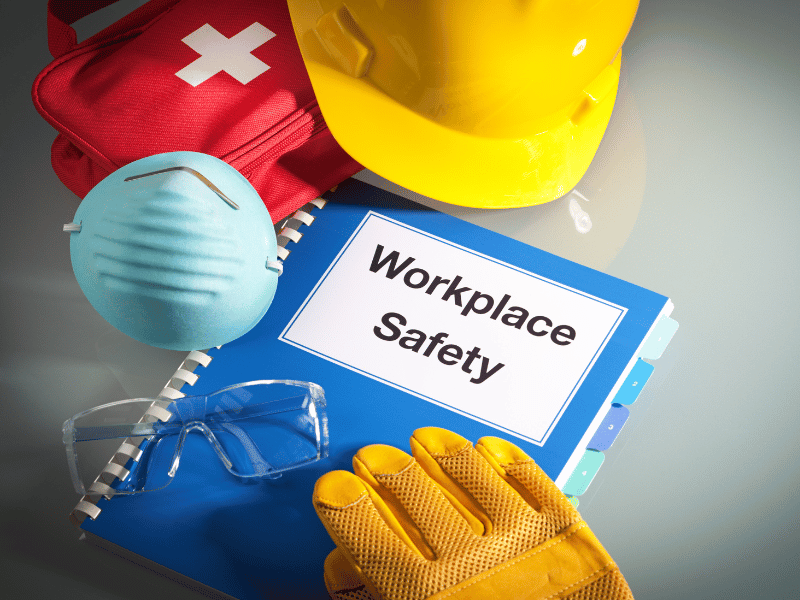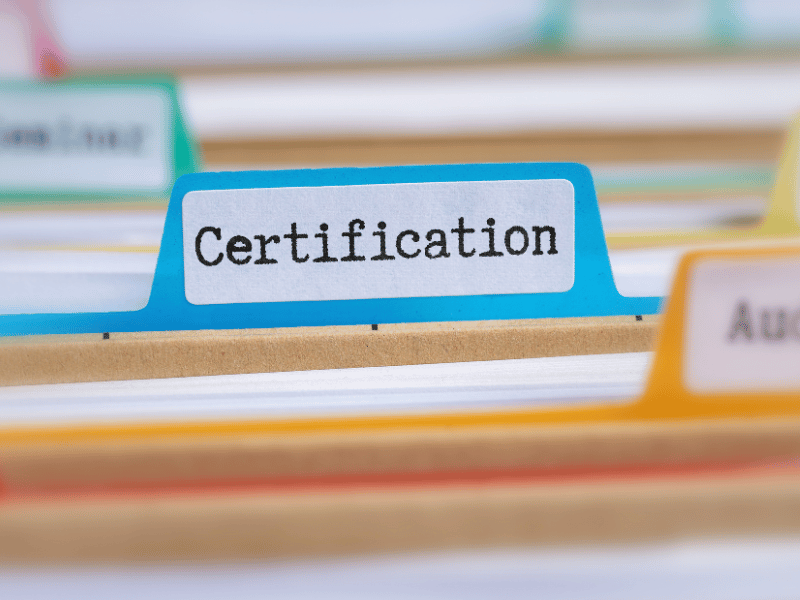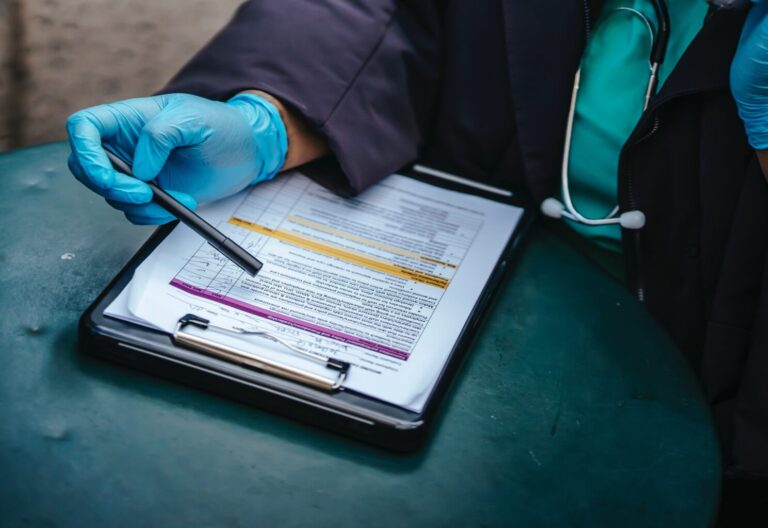Workplace safety must always be at the forefront of your company’s priorities. The Occupational Safety and Health Administration (OSHA) sets safety standards to help employers provide employees with the best benefits and resources possible. Part of their workplace safety requirements is the OSHA 10 certification, which increases awareness of common work hazards.
Learn more about OSHA 10 certification, why you need it, and how to obtain one for compliance.
Table of Contents

What Is OSHA 10 Certification?
OSHA 10 is a 10-hour safety course that covers safety fundamentals for employees in high-risk industries. The goal is to promote a safe, secure, and healthy environment for the well-being of workers. There are authorized trainers for each part of the course (i.e., construction, disaster site worker, maritime, general industry).
Who Needs OSHA 10 Certification?
The OSHA 10 course is part of the Outreach Training Program, which comes in two levels. OSHA 10 is designed for regular workers. Meanwhile, the OSHA 30-hour training is built for managerial employees with in-depth workplace safety responsibilities. Simply put, entry-level workers will learn the basics of workplace safety during the OSHA 10-hour training.
Benefits of OSHA 10 Certification
When you undergo proper OSHA 10 training, you’ll have a better understanding of the common workplace hazards. Here’s how:
Increased safety
Obtaining an OSHA 10 certification can help prevent accidents such as slips, trips, and falls in the workplace. Moreover, OSHA-certified individuals know how to mitigate organizational risks. On top of that, employees who completed the 10-hour training become more equipped to use protective equipment.
Improved company standards
With consistent safety practices, companies with OSHA-certified employees improve their organizational reputation. They have become a stand-out in the industry as good company role models for maintaining and prioritizing overall workplace safety.
Higher earning potential
More employment opportunities await successful individuals with OSHA-10 certification. Employers opt to hire candidates who demonstrate expertise in workplace safety. Moreover, OSHA-10 certification can prepare you for supervisory positions.

How to Obtain OSHA 10 Certification
The OSHA 10-hour training is 100% online so that you can learn at your own pace. Several OSHA Training Institute (OTI) Education Centers offer learning programs for both OSHA 10 and 30-hour training.
When you sign up for the OSHA 10 training, you’ll receive 24/7 access to resources such as real-life case studies, exercises, quizzes, and audio narration from any device. If you have any questions, you can ask your OSHA-authorized trainer.
Upon course completion, contact your OTI Education Center to request an application form. Afterward, you’ll earn an official OSHA 10 card from the U.S. Department of Labor, one of the requirements to obtain employment in construction and other industries.
The OSHA card takes a maximum of 90 days to arrive in the mail. You will also be given a certificate of completion for your reference. Typically, the completion cards have no expiry, but it is best that you and your employees undergo OSHA safety training every four to five years.

Which OSHA 10 Course Should You Take?
There are two industry-specific versions of the OSHA 10-hour course: construction and general industry. Depending on your role, you can take what best aligns with your job responsibilities. The OSHA 10-Hour Construction course provides a detailed overview of the risks and hazards of construction work.
Meanwhile, the OSHA 10-Hour General Industry training is ideal for workers in warehousing, storage, healthcare, factory operations, and manufacturing. This part of the OSHA 10 course covers occupational hazards related to harmful substances, working surfaces, and materials handling.
Implementing OSHA 10 Best Practices in the Workplace
Across heavy industries, companies require employees to wear personal protective equipment (PPE), including hard hats, eyewear, and high-visibility vests. Hiring employees with OSHA 10 certification helps ensure that everyone follows workplace safety protocols.
Here are some of the best OSHA 10 practices in the workplace that you can implement:
- Find and fix any hazards: Make sure your workers know the company’s safety standards. Encouraging employees to find and correct hazards reduces the costs related to injuries and ensures that they return home safely to their families.
- Set a reporting system: Develop a simple procedure on how to report any work-related incident or injury.
- Conduct inspections: Inspect your workplace regularly and identify any piece of equipment that may cause harm.
- Consult with workers: Before making any workplace changes, seek input from your employees to identify any potential issues.
- Make improvements: Discuss safety and health issues so you can make necessary modifications to improve your employees’ well-being.
Start taking an OSHA course to stay updated with the best safety practices in the workplace.







